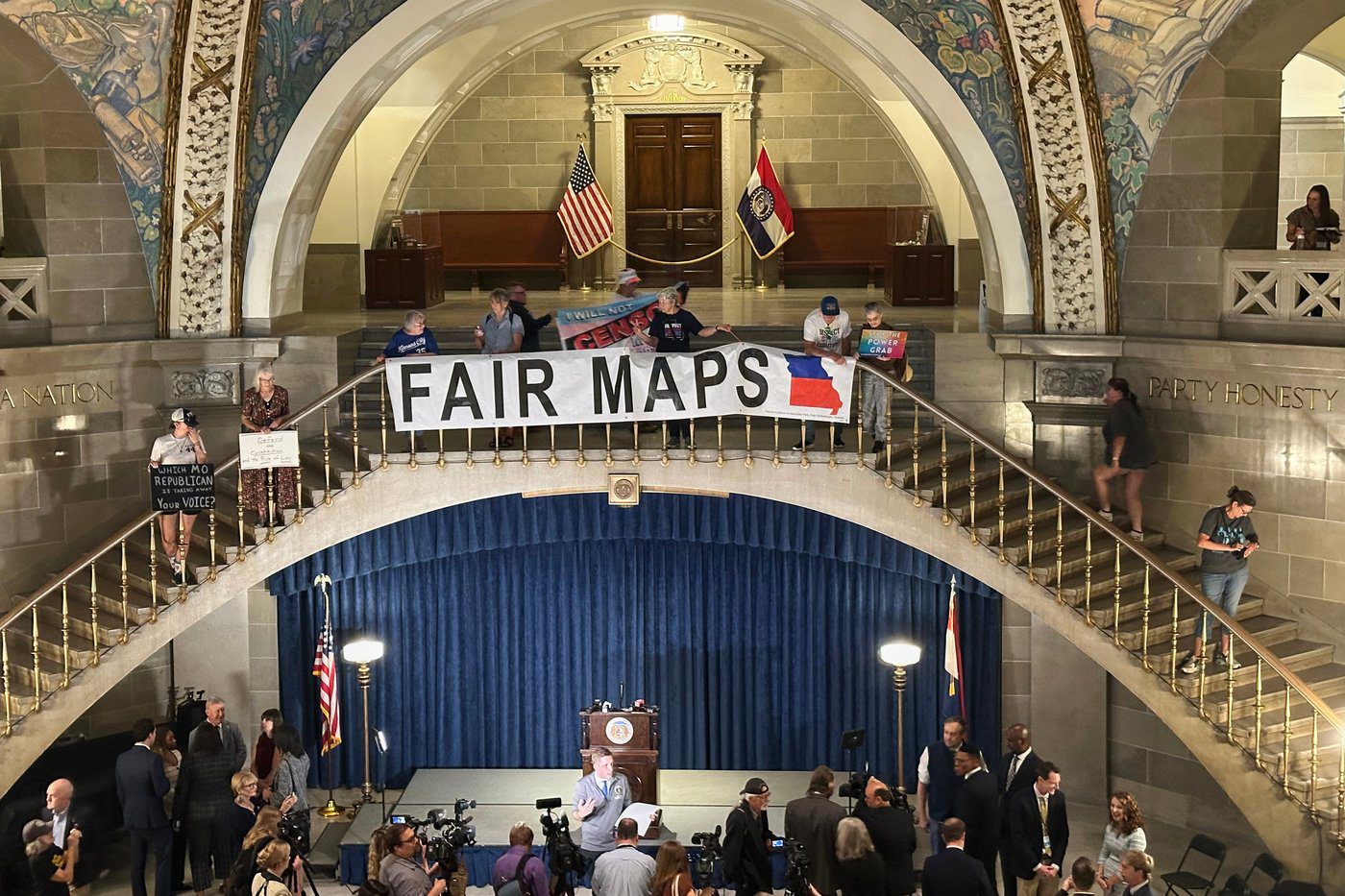
Human right lawyer — and frequent National Post contributor
— was injured in today’s Australia attack that targeted a Hanukkah celebration on Bondi Beach and left at least 12 people killed.
He spoke to 9News Australia at the scene, his face and shirt covered in blood, his head wrapped in a bandage. This is a slightly edited transcript of that interview:
This was a bloodbath, it was an absolute massacre.
I was with my family, it was a Hanukkah celebration, there were hundreds of people. There were children, there were elderly, families enjoying themselves, children, kids at a festival, playing, and then all of a sudden it’s absolute chaos.
There’s guns, fire everywhere. People ducking, it was absolute chaos. We didn’t know what was happening, where the gunfire was coming from.
I saw blood gushing from me, I saw people hit, saw people fall to the ground. My only concern was, where are my kids, where’s my wife, where’s my family?
I survived October 7, I lived in Israel the last 13 years, we came here only two weeks ago to work with the Jewish community, to fight antisemitism, to fight this bloodthirsty, ravaging hatred. That’s why I’m here. We’ve lived through worse, we’re going to get through this and we’re going to get the bastards that did this.
(Ostrovsky, the new head of the Australia/Israel & Jewish Affairs Council office in Sydney, had warned about rising antisemitism after coming across anti-Israel graffiti at Bondi Beach two weeks ago, the
reported.)
I saw at least one gunman firing, looked like a shotgun, firing randomly in all directions. I saw children falling to the floor, I saw elderly, I saw invalids, I saw people just, it was just an absolute bloodbath. Blood gushing everywhere.
October 7, that’s the last time I saw this. I never thought I would see this in Australia, not in my lifetime. On Bondi Beach, of all places. This iconic place.
My children and my wife are safe, thank God. They’re OK. They managed to get away. But I didn’t know where they were, and there’s no greater fear, no greater horror not knowing where your family is. They’re OK. I’ll be OK.
I got hit in the head, I’m bleeding. I’ve lost blood. There are people around me that are far worse. I’ll be OK, we’ll be OK as a community and we will defeat this ravaging hatred.
https://twitter.com/IsraelWarRoom/status/2000165395164955029




